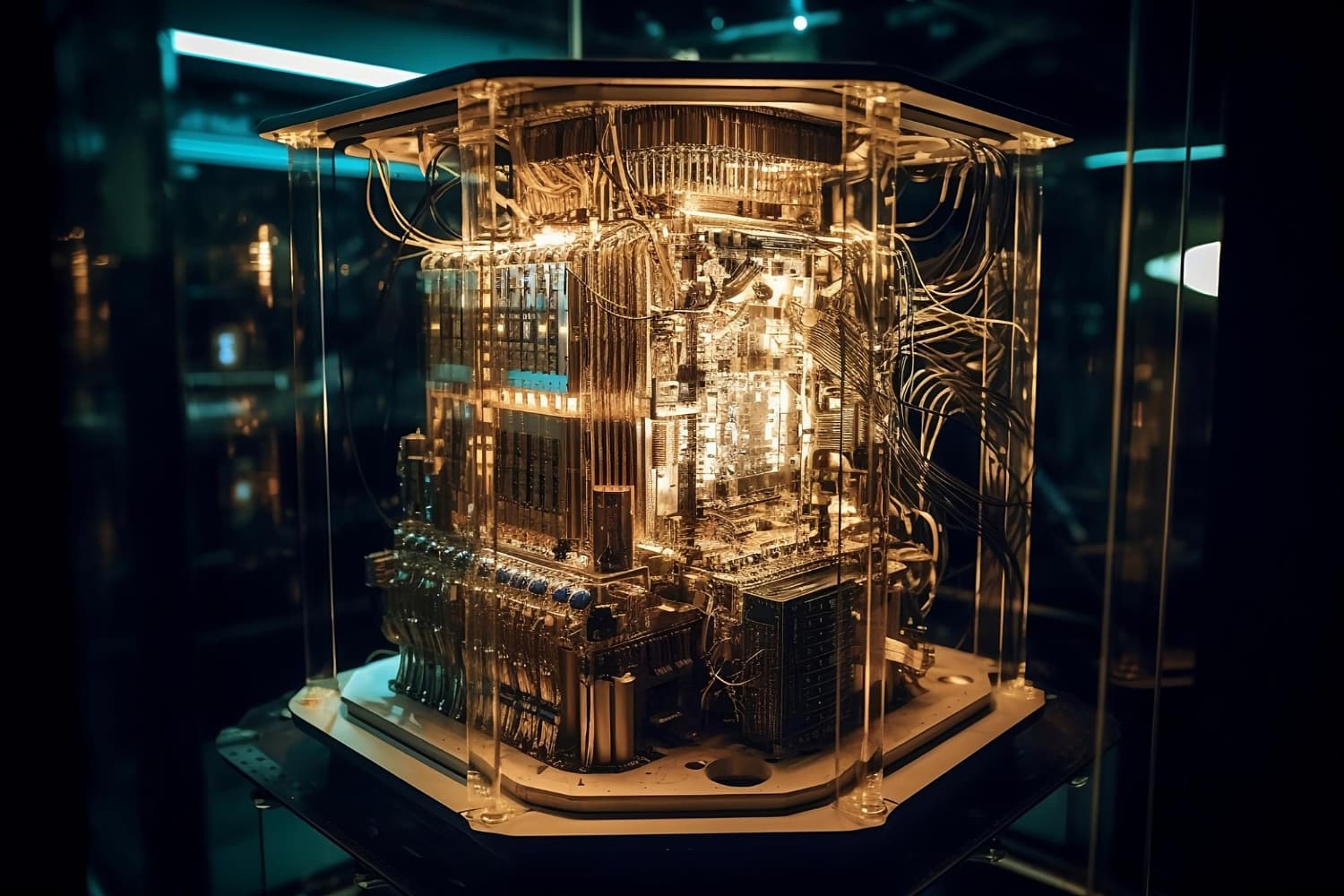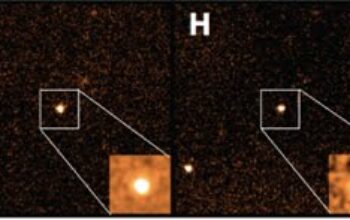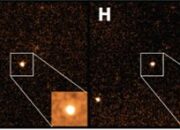As the dawn of the quantum computing age approaches, the implications for cryptography are profound, ushering in a paradigm shift that echoes through the corridors of information security. One can liken this shift to the arrival of a new celestial body in an established solar system, altering gravitational balances and orchestrating cosmic dances that redefine existing orbits. The intersection of quantum mechanics and cryptography presents an intricate tapestry of challenges and opportunities that warrants thorough exploration.
To understand the influence of quantum computers on cryptography, it is essential to grasp the foundational principles of classical cryptography. Traditionally, cryptography has operated like a well-fortified castle, where cryptographic algorithms serve as the stronghold’s defenses against intruders. Public key cryptography, primarily based on the difficulty of certain mathematical problems, such as integer factorization and the discrete logarithm problem, has secured myriad communications. RSA (Rivest-Shamir-Adleman) encryption, for instance, relies on the proposition that while multiplying large prime numbers is computationally feasible, the reverse process—factorization—proves prohibitively time-consuming for classical computers. Thus, the security of such systems has historically rested on the mathematics’ asymmetry.
Enter quantum computers, armed with their esoteric capabilities granted by superposition and entanglement. These devices operate on qubits, which, unlike classical bits, can exist in multiple states simultaneously. They herald the potential for exponential speed-ups in problem-solving, reconfiguring the landscape of computational difficulty. In this context, Shor’s Algorithm emerges as a formidable adversary to current cryptographic standards. This algorithm, capable of factoring large integers in polynomial time, essentially dismantles the stronghold of RSA, thus rendering traditional encryption schemes vulnerable. Imagine a key that, rather than unlocking a single door, permits access to every chamber of the castle. This multifaceted access poses a significant risk to data integrity and confidentiality.
The vulnerabilities introduced by quantum computing dictate that a reassessment of cryptographic practices is imperative. The urgent response from the cryptographic community manifests in the burgeoning field of quantum-resistant or post-quantum cryptography. These frameworks utilize mathematical puzzles believed to be impenetrable even by quantum algorithms. Lattice-based cryptography, for instance, leverages the geometric properties of high-dimensional lattices, presenting challenges that are computationally intense for any quantum computer to resolve swiftly. This can be likened to constructing a castle with a labyrinthine structure, where finding the exit becomes inherently challenging, regardless of the intruder’s technological advancements.
Notably, the onset of quantum computers does not merely undermine traditional cryptographic algorithms; it also inspires innovative methodologies. Quantum Key Distribution (QKD) emerges as a prime example that epitomizes this new approach. Utilizing the principles of quantum mechanics, QKD enables two parties to communicate securely by sharing a secret key over an insecure channel. What sets QKD apart is its ability to detect eavesdropping—any attempt at interception irrevocably alters the quantum states, alerting the parties involved. This feature parallels a vigilant guard dog prowling the periphery of the castle, capable of sensing the presence of intruders before they pose a genuine threat.
As these new techniques and algorithms evolve, a pertinent question arises—what will be the timeline for the transition from classical to quantum-safe cryptography? The timeline resembles a longajourney marked by incremental progress and unforeseen hurdles. Industries relying on secure communications, ranging from finance to national security, must adopt a proactive stance, transitioning ahead of an inevitable quantum threat.
However, amid this transformation lies an opportunity for interoperability between classical and quantum systems. Hybrid models emerge as a fierce battleground where both realms coexist, potentially utilizing classical encryption as a first line of defense while supplementing it with quantum protocols. This integration may resemble an intricate tapestry, weaving together the old and the new to create a resilient security fabric capable of withstanding both classical and quantum assaults.
Moreover, as quantum computing pertains to the broader spectrum of advanced technologies, its implications for cryptography serve as a microcosm of the overarching dialogue surrounding digital trust and security. The integration of artificial intelligence (AI) with quantum computing presents yet another layer of complexity. Algorithms that leverage machine learning, in conjunction with quantum computations, could lead to unprecedented advances in breaking cryptographic codes. This amalgamation of technologies could evoke a sense of foreboding as adversarial entities potentiate their capabilities by harnessing the prowess of quantum algorithms and AI models.
In conclusion, the impending rise of quantum computers heralds a seismic shift in the cryptographic landscape. As the classical frameworks that have underpinned secure communication face unprecedented challenges, a robust response fortified by innovation and research is imperative. The pursuit of quantum-resistant algorithms and QKD illustrates the resilience of human ingenuity in the face of rapid technological advancement. By fostering an environment where both legacy practices and groundbreaking frameworks can coexist, society can prepare adequately for this avant-garde era of information security. Like a phoenix poised to rise from the ashes, the evolution of cryptography will undoubtedly navigate the tumultuous waters of the quantum frontier, paving the way for a future that prioritizes both security and trust.










